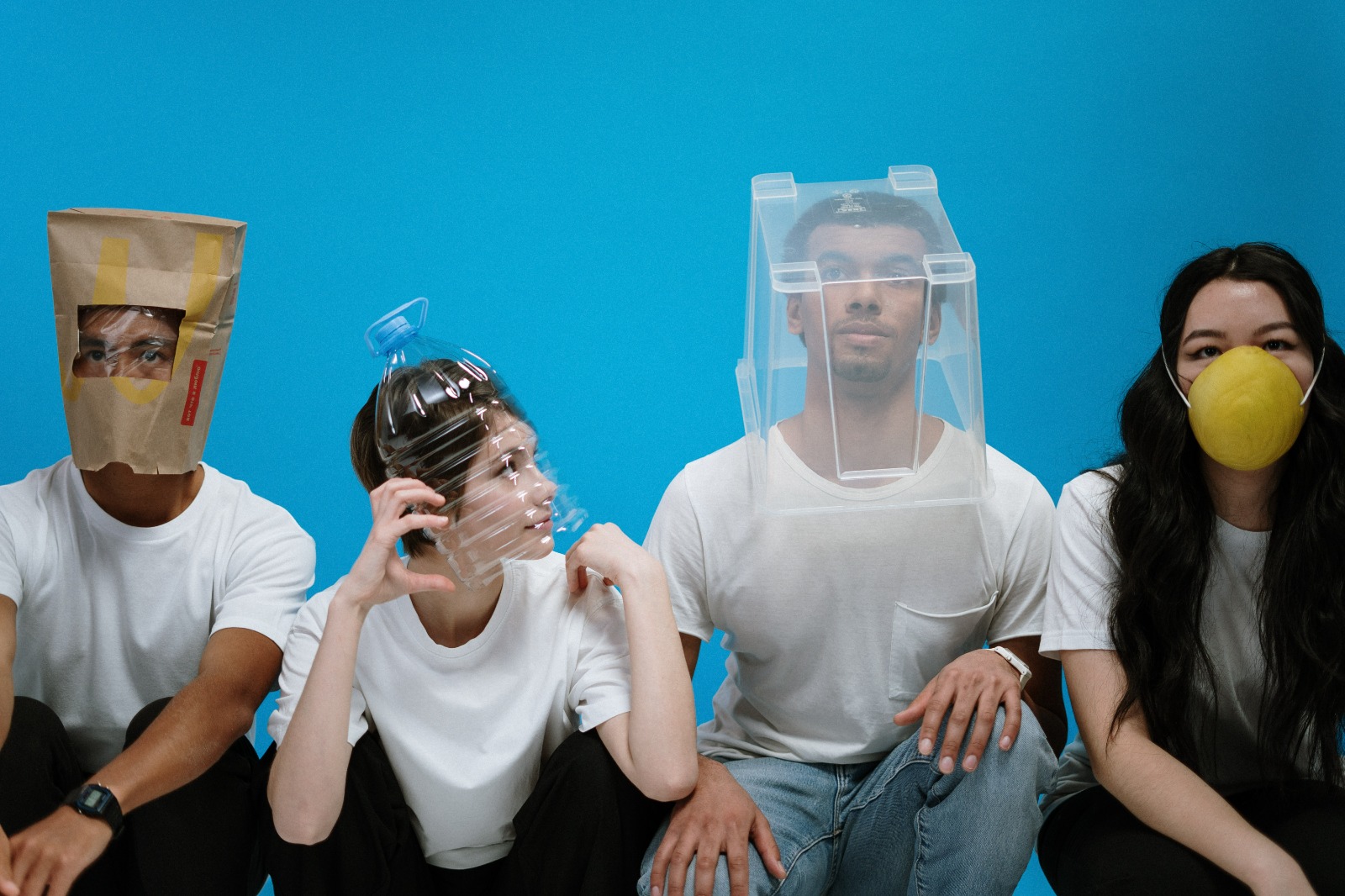There are many benefits associated with a makerspace, including the ability to boost community resilience. However, this can only happen if the makerspace has the proper infrastructure and is appropriately prepared to face the challenges of being a hub for the community. If you want your makerspace to boost community resilience, it needs to be ready.
Let me know if you have any thoughts on boosting community resilience, and I believe it will be an essential topic soon. Email me at cyron@makerbay.org .
